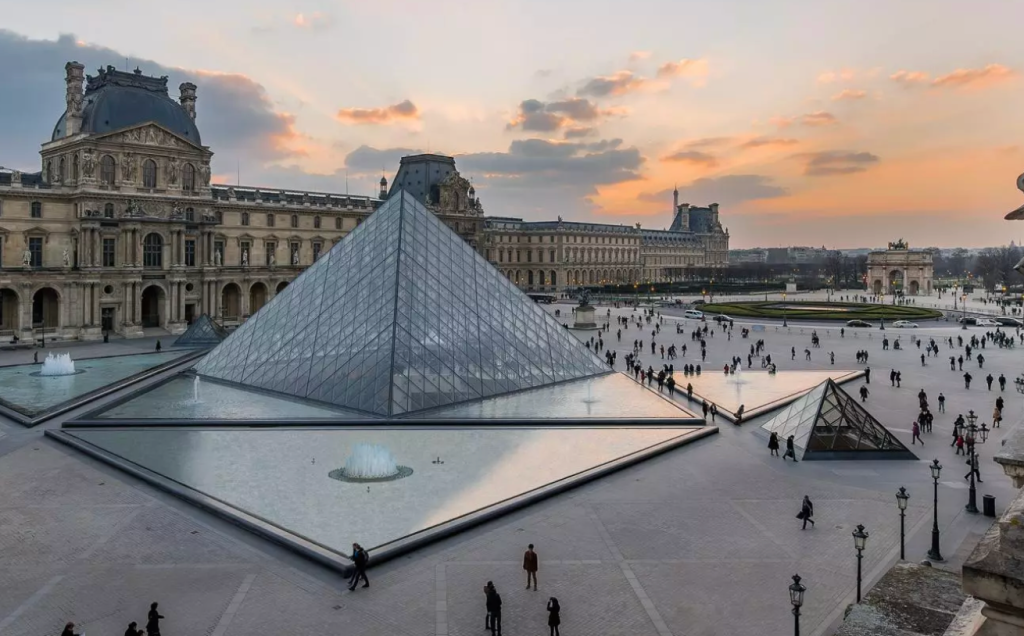A look at some of the world’s most iconic museums, showcasing their rich collections of art and artefacts that capture the essence of humanity’s journey through history and culture.
Exploring the World’s Treasured Museums: A Comprehensive Overview
Museums have long served as gateways to the world’s rich tapestry of history, culture, and art. For those who consider museums a significant aspect of travel, a selection of globally acclaimed institutions offers unparalleled experiences. From ancient artefacts to contemporary masterpieces, these museums present diverse collections that capture the essence of humanity’s creative and historical journey.
Landmark Museums Around the Globe
The Louvre, Paris, France
Renowned as one of the world’s most iconic museums, the Louvre is nestled in the heart of Paris. Initially built as a fortress in the 12th century, it became a public museum in 1793. Visitors can explore its vast collection of art, including the celebrated Mona Lisa by Leonardo da Vinci. Spread across eight departments, the Louvre’s extensive holdings feature works from various regions and periods, housed in an architectural marvel that has become a symbol of cultural opulence.
The British Museum, London, England
Founded in 1753, the British Museum stands as one of the oldest and most comprehensive museums globally. Its repository of over eight million objects showcases an impressive array of artefacts from all continents. The British Museum is particularly noted for its exhibits such as the Rosetta Stone, the Parthenon sculptures, and Egyptian mummies, set within its grand neoclassical structure.
The National Museum of Anthropology, Mexico City, Mexico
Established in 1964, this museum is famed for its dedication to Mexican pre-Columbian civilizations and indigenous cultures. It houses over 600,000 artefacts, including the Aztec calendar stone. Its architecture, featuring a large outdoor courtyard complete with a waterfall, enhances its visitors’ experience, reflecting the museum’s commitment to preserving Mexico’s cultural narrative.
The Metropolitan Museum of Art, New York City, United States
The MET, opening its doors in 1870, is one of the preeminent art museums worldwide. Its collection of over two million artworks spans from ancient cultures to modern pieces, including significant works like the Egyptian Temple of Dendur. This New York City institution is a beacon for art lovers worldwide, combining architectural beauty with cultural richness.
The Smithsonian Institution, Washington D.C., United States
As the world’s largest museum and research complex, the Smithsonian comprises 19 museums and galleries, along with a zoo. With over 154 million artefacts, its exhibits range from the Hope Diamond to the Wright Brothers’ plane, offering a comprehensive journey through America’s historical and cultural evolution.
The Vatican Museums, Vatican City
Tracing their origins back to the early 16th century, these museums host one of the world’s most significant art collections. The Vatican Museums boast notable segments such as the Raphael Rooms and the Sistine Chapel, the latter famous for Michelangelo’s ceiling. They hold collections spanning from ancient civilisations to contemporary artworks, all steeped in the Vatican’s historical narrative.
The Prado Museum, Madrid, Spain
Lodged in Madrid, the Prado is acclaimed for its vast collection of European art, including masterpieces by Goya and Velázquez. With roots extending from the 12th to the 19th century, its collection is nestled within a striking piece of neoclassical architecture, making it a pivotal stop for art connoisseurs.
The Acropolis Museum, Athens, Greece
Dedicated to the artefacts from the Acropolis, this modern museum houses over 4,000 objects, including pieces from the Parthenon. Its design incorporates glass walls offering views of the Acropolis, seamlessly blending ancient artefacts with modern aesthetics.
The Egyptian Museum, Cairo, Egypt
This institution is essential for anyone fascinated by Egypt’s ancient history. The museum presents over 120,000 artefacts, most notably items from Tutankhamun’s tomb, within an environment reflecting classical Egyptian architecture.
The National Museum of China, Beijing, China
Ranked among the world’s largest, the National Museum of China focuses on the country’s extensive cultural history. With over one million artefacts, the museum’s design fuses modern and traditional Chinese elements.
Rijksmuseum, Amsterdam, Netherlands
A bastion of Dutch culture, the Rijksmuseum, established in 1800, boasts an array of the nation’s art and history from the Dutch Golden Age. Notable for masterpieces by Rembrandt and Vermeer, the museum defines the cultural landscape of Amsterdam with its historical treasures.
Museum of Modern Art (MoMA), New York City, United States
Since 1929, MoMA has been celebrated for its influential collection of modern and contemporary art. Housing works from icons like van Gogh and Warhol, it offers diverse mediums and educational programmes.
Tokyo National Museum, Tokyo, Japan
Japan’s oldest museum, founded in 1872, is pivotal for understanding the nation’s cultural legacy, featuring over 110,000 items from pottery to modern artworks, set amidst serene architecture and gardens.
Guggenheim Museum, Bilbao, Spain
Designed by Frank Gehry, this museum is distinguishable for its modern architecture and significant contemporary art collection, contributing significantly to Bilbao’s cultural renaissance.
These institutions collectively illustrate the diverse methods through which human history and creativity are preserved and celebrated. As repositories of knowledge and culture, they offer a glimpse into the complex tapestry of global heritage, presenting a nuanced understanding of the past and present for millions of annual visitors.
Source: Noah Wire Services





